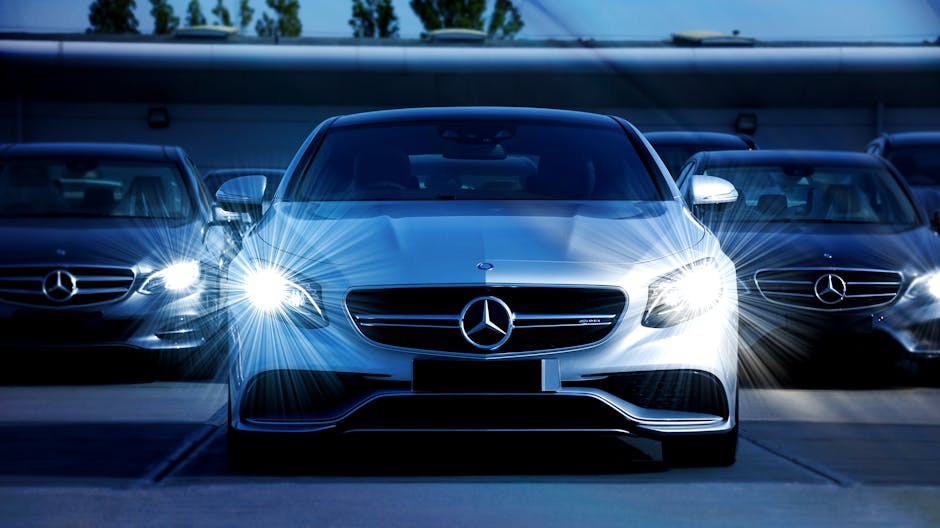Incredible Lessons I’ve Learned About
 The Ultimate Guide to Concert Touring Lighting
The Ultimate Guide to Concert Touring Lighting
When you attend a concert, one of the first things that catches your eye is the incredible lighting display. Concert touring lighting plays a crucial role in creating an immersive and visually stunning experience for the audience. In this guide, we will explore everything you need to know about concert touring lighting, from the basics of lighting fixtures to the latest trends in lighting design.
Types of Lighting Fixtures
There are several types of lighting fixtures commonly used in concert touring productions. Here are some of the most popular ones:
1. Moving Head Fixtures: Moving head fixtures are versatile lights that can pan, tilt, and change colors. They are often used to create dynamic and impactful lighting effects on stage.
2. LED Fixtures: LED fixtures are energy-efficient and can produce a wide range of colors. They are often used for creating vibrant and colorful lighting displays.
3. Strobes: Strobe lights produce bright flashes of light at regular intervals. They are commonly used to create high-energy and dramatic effects during concerts.
4. Wash Lights: Wash lights produce a broad wash of light that can cover a large area of the stage. They are often used to create ambient lighting or to highlight specific areas of the stage.
5. Spotlights: Spotlights are focused lights that can be used to highlight individual performers on stage. They are essential for creating dramatic lighting effects during a concert.
Lighting Control Systems
In addition to lighting fixtures, concert touring productions also rely on sophisticated lighting control systems to create and manage lighting effects. Lighting control systems allow lighting designers to program and control the intensity, color, and movement of each light fixture in real-time. Some of the key components of a lighting control system include:
1. Lighting Console: A lighting console is a powerful control interface that allows lighting designers to program and control the lighting effects for a concert. Modern lighting consoles feature intuitive touch screens and advanced programming capabilities.
2. DMX Cables: DMX cables are used to connect lighting fixtures to the lighting control system. They carry the digital signals that control the intensity, color, and movement of each light fixture.
3. Art-Net: Art-Net is a protocol that allows lighting control systems to communicate with each other over a network. It enables lighting designers to synchronize lighting effects across multiple fixtures and control systems.
Trends in Lighting Design
Lighting design in concert touring productions is constantly evolving, with new trends and technologies shaping the way lighting is used to enhance the audience experience. Some of the latest trends in lighting design include:
1. Immersive Lighting: Immersive lighting designs use a combination of lighting fixtures, video projections, and special effects to create a fully immersive and interactive experience for the audience.
2. Kinetic Lighting: Kinetic lighting involves using moving lights and motorized fixtures to create dynamic and choreographed lighting effects that move in sync with the music and performers on stage.
3. Pixel Mapping: Pixel mapping is a technique that involves using LED fixtures to create dynamic patterns and visual effects on stage. It allows lighting designers to create stunning visuals that react in real-time to the music.
Tips for Creating a Memorable Lighting Design
If you are planning a concert tour or event and want to create a memorable lighting design, here are some tips to keep in mind:
1. Consider the Venue: Before designing your lighting setup, consider the size and layout of the venue. Make sure to tailor your lighting design to the specific needs and constraints of the space.
2. Collaborate with the Artists: Work closely with the artists and performers to understand their vision for the show. Incorporate their input into the lighting design to enhance their performance on stage.
3. Experiment with Different Effects: Don’t be afraid to experiment with different lighting effects and techniques. Try out new ideas and combinations to create a unique and visually engaging lighting design.
In conclusion, concert touring lighting is a crucial component of creating a memorable and immersive experience for the audience. By understanding the different types of lighting fixtures, control systems, and design trends, you can create a dynamic and visually stunning lighting display for your next concert tour. Experiment with different effects, collaborate with the artists, and tailor your lighting design to the venue to create an unforgettable concert experience for the audience.
Overwhelmed by the Complexity of ? This May Help
This post topic: Pets & Animals